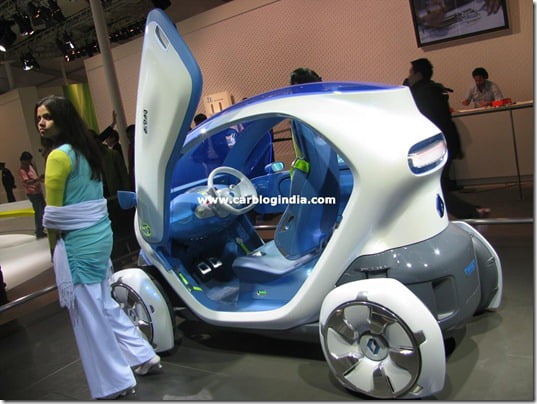Intelligent cars are not a part of science fiction movies anymore, they are around us, increasing in numbers as the technology is advancing and getting more affordable. Cars these days have Electronic Stability Programs for safety, ABS for better control, Adaptive Cruise Control to adapt to road speeds, Collision Avoidance System to keep safe distance from cars ahead, Advanced Navigation Systems to keep the commuters from going astray and many other safety features to keep the driver and passengers safe. The only flaw in these technologies is that these technologies don’t interact with other cars. In future, a connected car infrastructure will avoid most of the road crashes, accidents and other mishaps on the roads as per an expert from IEEE(world’s largest technical professional association).
“Today’s advanced embedded systems, sensors, microprocessors and control technologies have made our vehicles and roads significantly safer, but integrating them into our vehicles and roads has been a slow process,” said Dr. Azim Eskandarian, IEEE member and director of the Center for Intelligent Systems Research at The George Washington University. “However, within 10 years, as technology costs continue to fall and implementation of these technologies increases, we could see significant improvements in vehicle safety, efficiency, and energy conservation – especially in developing parts of the world where high-end cars are not yet affordable by the general public.”
Dr. Eskandarian says other challenges include market acceptance and potential liability concerns surrounding technologies that take total or partial control of the vehicle, such as collision avoidance and driver assistance programs like automatic braking. However, these technologies may follow the path of driver- and passenger-side airbags and anti-lock braking systems (ABS) or electronic stability control (ESC), initially offered as optional features but today considered proven and often standard safety measures in nearly all vehicles.
Advanced research on safety technologies is going far beyond individual vehicles. For example, Teruo Higashino, IEEE Senior Member and professor of information networking at Osaka University in Japan, has focused recently on applying wireless networking technology for vehicle-to-vehicle communication to help detect dangerous vehicles on the road – such as a car approaching a blind intersection – and warn nearby drivers, helping dramatically reduce accidents. Many of these ground-breaking innovations, including vehicle-to-vehicle communication, were discussed at the recently held IEEE ITS Conference in Washington D.C.
Dr. Alberto Broggi, President of the IEEE Intelligent Transportation Systems Society and professor at the Università di Parma in Italy, says intelligent transportation technologies on the horizon, including autonomously-driven vehicles, will forever change our concept of car use. Broggi recently coordinated the successful 13,000 kilometer journey of a driverless van from Italy to China. “These types of self-driven vehicles will be ready for use in non-urban environments within five to eight years,” said Broggi. “The same technology will also apply to agricultural equipment, including self-driven tractors and combines that will maximize land use, increase crop output and decrease injuries.”
Another expected benefit of intelligent transportation technologies is reduced fuel consumption and emissions. IEEE Senior Member Matt Barth, at the Center for Environmental Research and Technology at University of California-Riverside, predicts that fuel use and vehicle emissions can be reduced by 20 to 30 percent worldwide over the next five years using environmentally-friendly ITS technology such as “eco-routing.” This vehicle GPS system capability will allow drivers to select destination routes according to fuel efficiency.
“Many governments are establishing new emissions and fuel efficiency standards for vehicle manufacturers to meet in the next ten years,” Barth said. “The integration of ECO-ITS technologies – such as eco-routing into our vehicles – will be an important evolution in further reducing carbon emissions, achieving greater fuel efficiency, and strengthening energy independence.”
Kyongsu Yi, IEEE member and director of the Vehicle Dynamics and Control Laboratory at Seoul National University in South Korea, said the application of intelligent transportation technologies varies by setting. “There’s much more of a focus on traffic management systems for pedestrian protection in countries in Europe and Asia where cities were traditionally designed around a relatively small and defined city center,” Yi said. “In contrast, in the United States where there are more sprawling open spaces, the emphasis is on vehicle safety systems to prevent roll-overs or collisions with other fast-moving vehicles.”
You can check out more work by IEEE on their official website here.
check out more-


